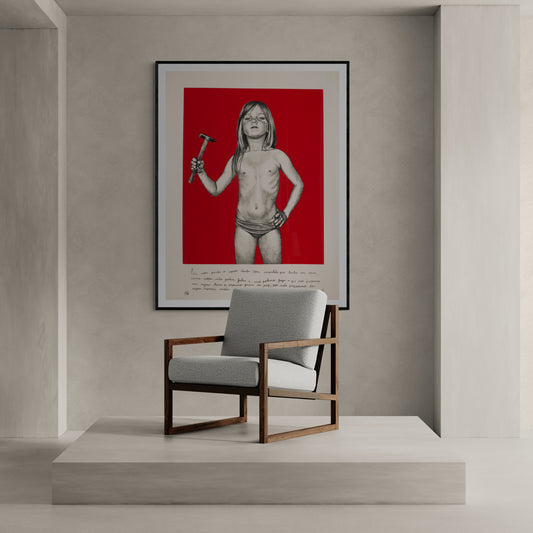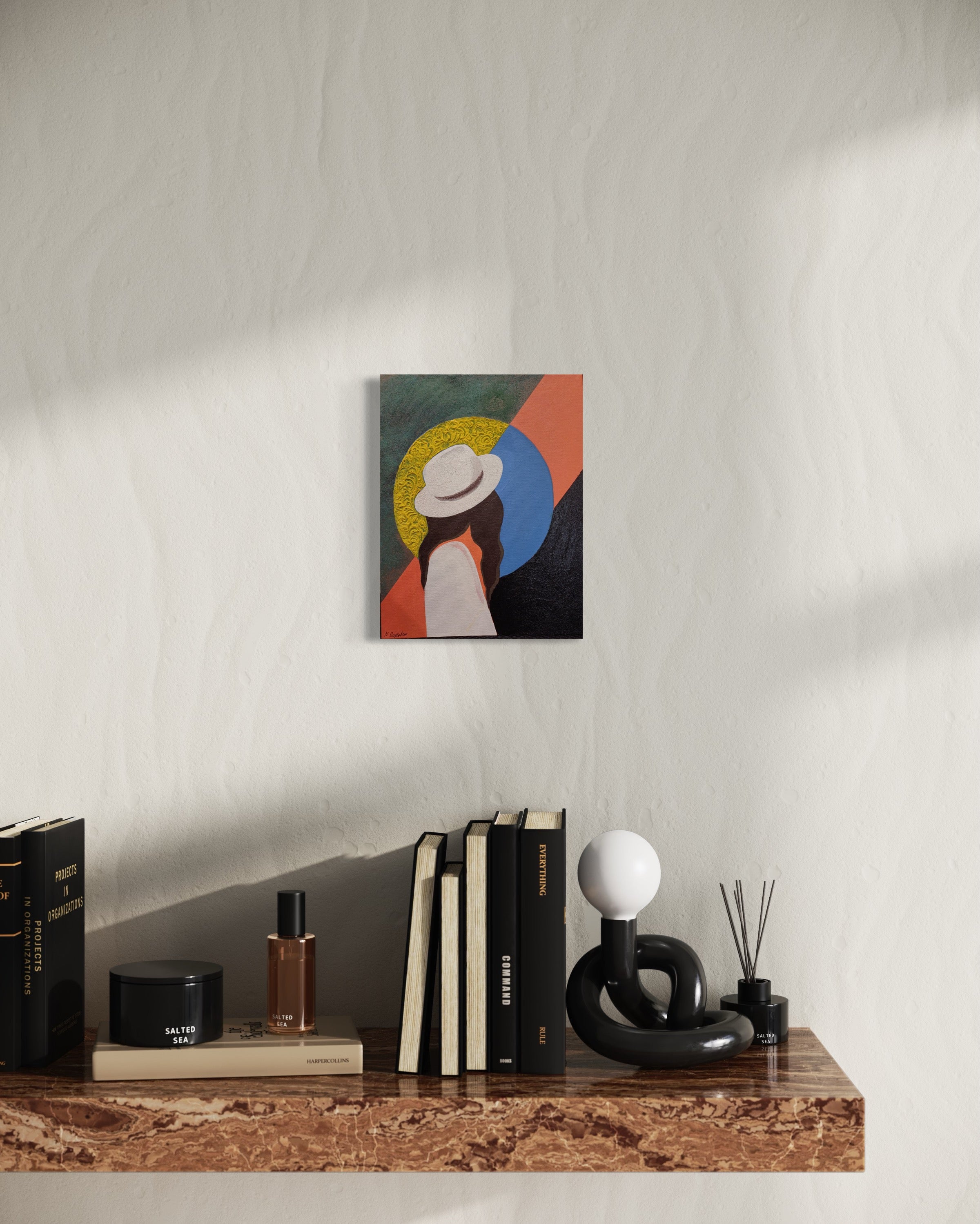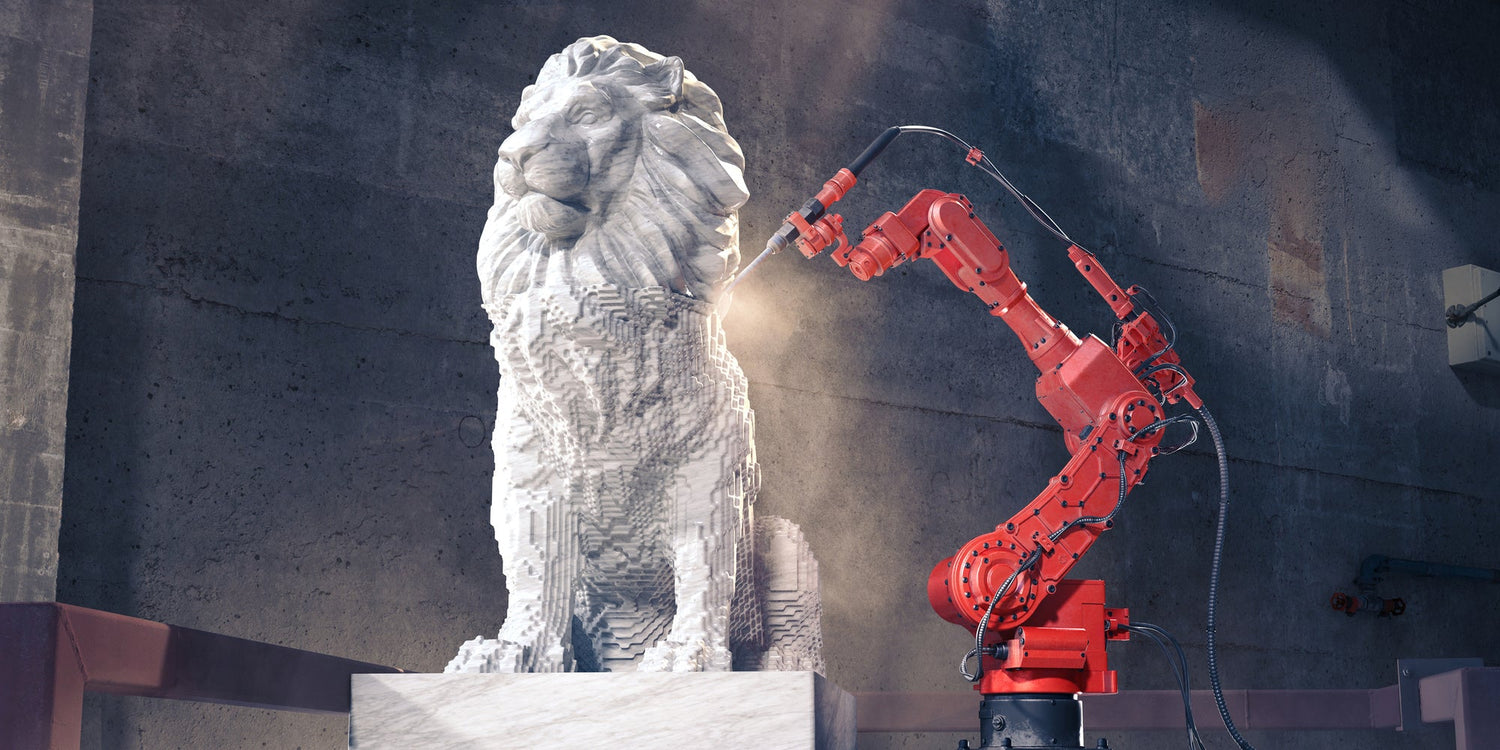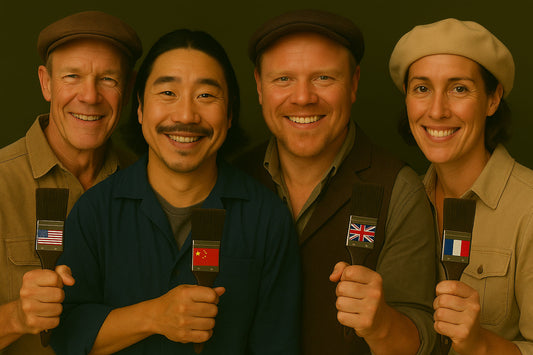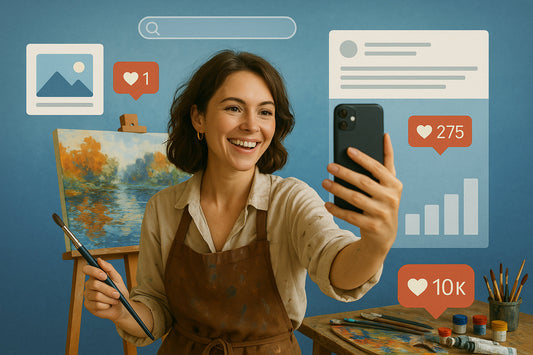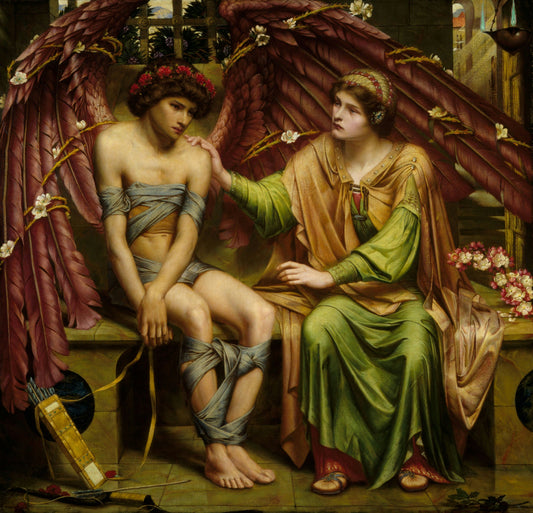The intersection of art and technology has always been a nuanced and fascinating conversation - one that stretches and deepens our understanding of human creativity. Today, we stand at a pivotal moment: robots and artificial intelligence are beginning to make their mark in the world of sculpture carving. This breakthrough brings with it a cascade of important questions about what it means to create, the essence of craftsmanship, and how we define art in an era of innovation.
As someone reflecting on these advancements from a curator’s perspective, I want to explore how robotic sculpture carving might reshape the art world.
Blending Tradition with Technology
Sculpture is among humanity’s oldest art forms. For centuries, the craft has embodied the intimate exchange between an artist’s vision and the raw resistance of materials like stone, wood, or metal. The chisels of ancient Greek sculptors and the hands of Michelangelo created masterpieces that speak to the power of human touch.
Now, robotic carving machines—driven by cutting-edge algorithms and advanced engineering—are redefining this dynamic. Tools like CNC (Computer Numerical Control) machines and robotic arms can carve intricate designs into stone, wood, or metal with breathtaking precision. Unlike human sculptors, these machines don’t tire, don’t falter, and can achieve levels of detail measured in microns.
At first glance, this shift might seem to strip sculpture of its humanity—the tactile connection between the artist and their medium. But, on closer examination, these innovations may not be replacing human creativity; instead, they could be unlocking new ways to elevate the art form.
Making Sculpture More Accessible
Will art lose some of its mystique when a robot can create it in hours instead of months? Or will audiences learn to celebrate the new creative opportunities that technology brings?
One of the most transformative aspects of robotic sculpting is its potential to make the art form more accessible. Traditional sculpture requires not just immense skill and time, but also costly materials and tools. Emerging artists often face steep barriers to entry when working with mediums like marble or bronze.
Automation could ease many of these challenges. By offloading the physically grueling aspects of the craft to machines, artists can focus their energy on conceptual design and experimentation. Digital tools for 3D modeling allow creators to play with form and texture virtually, then bring their visions to life with the help of robotic sculpting. This could spark a wave of fresh ideas and innovation, especially among younger or less traditionally trained artists.
Yet, democratization comes with its own set of risks. If robotic tools make sculptures easier to produce, could we see the market flooded with works that dilute the art form’s perceived value? Will art lose some of its mystique when a robot can create it in hours instead of months? Or will audiences learn to celebrate the new creative opportunities that technology brings?
Rethinking Authorship and Craft
The imperfections of the human hand have long been seen as the source of art’s emotive power. Can a machine, devoid of emotion, create something that truly resonates with the human spirit?
The introduction of robotics into sculpture raises profound questions about authorship. Historically, sculptors have been both the thinkers and the makers—their hands leaving an unmistakable imprint on their work. When a robot sculpts, this direct connection is disrupted.
Who, then, is the creator? Is it the artist who designed the digital model? The engineer who programmed the machine? Or the machine itself? These questions push us to reconsider long-held ideas about what it means to be an artist.
Some contemporary artists are already embracing robotics as collaborators rather than tools. For instance, sculptors like Barry X Ball and Nick Ervinck use digital technologies to expand the possibilities of form and material. Their work demonstrates that precision engineering doesn’t diminish craftsmanship—it redefines it. Mastery over digital tools and programming becomes part of the artistic process, and “craft” evolves to include technological expertise.
However, critics worry that this shift risks stripping art of its soul. The imperfections of the human hand have long been seen as the source of art’s emotive power. Can a machine, devoid of emotion, create something that truly resonates with the human spirit? While robotics excels at technical precision, it’s unclear whether it can capture the ineffable qualities that elevate art beyond mere technique.
Pushing Creative Boundaries
The potential of robotic sculpting goes far beyond efficiency or reproduction. These machines enable artists to experiment with forms and patterns that were once impossible to achieve by hand. Complex geometries, fluid organic shapes, and intricate designs can now be realized with astonishing accuracy.
Robotics also fosters collaboration across disciplines. Artists can team up with architects, engineers, and scientists to create works that combine beauty with functionality. Robotic precision has already been used to craft monumental public art pieces and innovative architectural elements.
But with endless possibilities come new creative challenges. Historically, artists have thrived under constraints—whether it’s the resistance of marble or the limits of their tools. Will the limitless capabilities of robotics stifle the ingenuity that comes from overcoming obstacles?
The Business of Robotic Sculpture
Beyond its artistic implications, robotic carving is set to disrupt the commercial art world as well. Collectors, galleries, and museums will need to adapt to this changing landscape.
For collectors, the value of owning a unique, hand-carved piece may shift toward appreciating the ideas and innovation behind a work—regardless of whether it was made by hand or machine. Robotic carving also makes it possible to reproduce sculptures at an unprecedented scale, extending the concept of “limited editions” to three-dimensional art. While this could make high-quality art more accessible, it might also challenge the exclusivity that defines the high-end art market.
Curators and galleries, meanwhile, face new questions. How should machine-made works be presented? Should they be framed differently than traditional sculptures? And how do we engage audiences in conversations about the role of technology in art?
Ethics and Tradition in Transition
Like any technological shift, robotic carving raises ethical and cultural concerns. Traditional sculptors may see it as a threat to their craft, fearing that centuries-old techniques will fade into obscurity.
There’s also the risk of industrialization overshadowing local craftsmanship. Could the efficiency of robotics homogenize art, diminishing the value of regional and cultural traditions? Balancing progress with preservation will require thoughtful action. Initiatives that blend traditional methods with new technologies could help bridge the divide.
Looking Ahead
Is art defined by the hands that shape it, or by the imagination that brings it to life?
Ultimately, robotic carving doesn’t signal the end of human creativity—it opens new doors. Artists have the opportunity to embrace this technology and integrate it into their practices without losing sight of the emotional and cultural depth that makes art meaningful.
For art lovers, curators, and critics, this era invites us to reconsider our values and definitions. Is art defined by the hands that shape it, or by the imagination that brings it to life? As robots carve their place in the art world, it’s up to us to ensure that the conversation remains rich, thoughtful, and deeply human.
Far from replacing human ingenuity, the rise of robots in carving is the beginning of a new chapter in the story of art. By approaching this frontier with curiosity and care, we can honor both tradition and innovation, ensuring that creativity continues to flourish in new and exciting ways.
